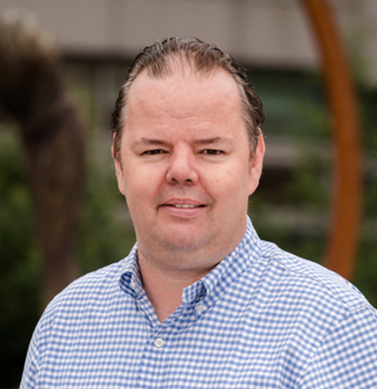Spearheaded by the Šibenik University of Applied Sciences, EcoMinds (full project name is Enhancing Environmental Data Collection through Machine Learning and Database Systems) is a bold initiative aiming to reshape environmental education in higher education institutions in cooperation with education partners from five countries as well as with its long-term industry collaborator Oracle Academy.
Launched in late 2024 as part an Erasmus+ KA220-HED project, EcoMinds was designed to address two urgent and interconnected priorities: the digital transformation of education and the green transition in response to climate change.
Its mission is to develop and deliver interdisciplinary educational content linking environmental science and IT, foster digital and green competencies in students and teachers alike and promote open access and inclusive learning, not just for students but for young people not currently engaged in formal education (NEETs) as well.
With its €250,000 budget and a timeline stretching to 2027, EcoMinds is set to leave a lasting impact as a truly pan-European effort, bringing together academic institutions and industry partners from five countries: project coordinator the Šibenik University of Applied Sciences, Croatia; the University of Zadar, Croatia; Luiss Guido Carli University, Italy; Ss. Cyril and Methodius University, North Macedonia; Igor Sikorsky Kyiv Polytechnic Institute, Ukraine; and Vegova Ljubljana secondary school, Slovenia.
This blend of educational institutions and a leading global technology partner ensures that the project’s educational content is both academically sound and technologically relevant. One of the most distinctive features of EcoMinds is its integration of Oracle Academy’s curriculum and cloud technologies. The Polytechnic of Šibenik has been a full Oracle Academy member since 2015, and this relationship now plays a key role in shaping EcoMinds’ educational resources, as courses and platforms used in the project include Oracle Academy curriculum. Java Foundations and Java Programming are used to build apps related to environmental monitoring, and Database Foundations and Database Design & Programming with SQL enable students to structure and query environmental datasets. Oracle Cloud Infrastructure Foundations I is a cloud-based offering solution to host, analyze, and scale data-driven sustainability projects.
These technologies form the digital backbone of EcoMinds’ curriculum and help bridge the gap between theoretical environmental science and applied computing.
From Water to Code, at the heart of the project, is the development of two bachelor-level elective courses combining environmental data collection with machine learning and database systems. This digital seminar series is designed to educate students and educators in applied data science for sustainability and includes a set of multilingual (i.e. not just in English, but also in languages of consortium partners) Open Educational Resources (OERs) for flexible and inclusive learning.
Students will work hands-on with aquatic and terrestrial environmental data, using Oracle’s tools to build data-driven models that address real-world problems—like monitoring water quality or optimizing fish farming practices.
In addition, EcoMinds aims to, by 2027, educatoe more than 200 university educators in green-digital course delivery, offer scalable, adaptable teaching tools to universities throughout the EU, and hopes to reach hundreds of students through new curricula and online resources.
In these disruptive times marked with the rapid advance of AI, the world faces a critical shortage of professionals who understand both technology and sustainability. EcoMinds is helping close that gap by offering future-oriented education that is interdisciplinary, practice-based, globally connected, and technologically robust.
Students and educators aren’t just learning how to write code or analyze data—they’re also learning how to use those skills to make a measurable difference in their communities and ecosystems. This project is a powerful example of what can happen when education, innovation, and industry work together, as it aims to offer to universities a model for how they can prepare students not just for jobs, but for solving the world’s biggest environmental challenges.
